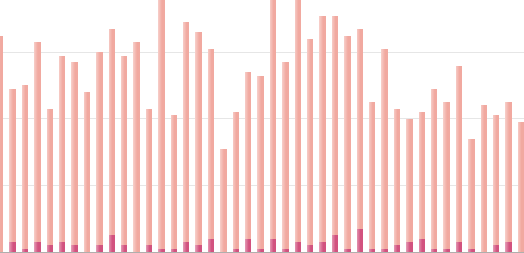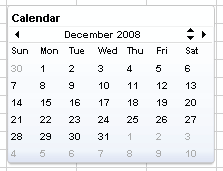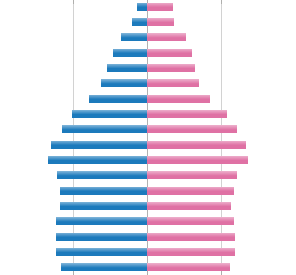InetSoft Product Information: Dashboard Software Calendar
A dashboard software calendar allows you to compare information side by side according to month, day and time thereby facilitating information queries. View the example below to learn more about the Style Intelligence solution.
A Calendar allows you to select data by time range, measured in weeks or months. It also facilitates comparative aggregation, for example, the side-byside comparison of total quantity purchased during the months of Dec. 2005 and Dec. 2006.


To create a calendar, follow the steps below:
- Drag a �Calendar� element from the Component tree onto the Viewsheet grid. This creates a new Calendar element.
- Drag a date column from a Data Block (on the tree) and drop it onto the calendar. This links the calendar to the data represented by the selected date field.
The Calendar component's �Properties� dialog box provides General, Data, and Advanced tabs. The next sections discuss the component-specific properties available under these tabs.
The General tab in the ‘Calendar Properties’ dialog box provides only the common general properties.
The Data tab in the ‘Calendar Properties’ dialog box allows you to choose the date field on which Calendar selections operate. Only columns with date formatting are displayed.
The Advanced tab in the �Calendar Properties� dialog box provides the following Calendar-specific properties


| OPTION | DESCRIPTION |
| ‘Show’ | Calendar: Displays the calendar as a traditional wall calendar. Dropdown: Displays the calendar as a drop-down list. |
| ‘View Type’ | Single Calendar: Displays a single calendar unit. Double Calendar: Displays two calendars side by side, facilitating comparative aggregation. |
| ‘View Mode’ | Yearly: Displays all twelve months in a single calendar. Monthly: Displays a single month. Day Selection: Enables selection of individual days on the calendar. |
"The open standards aspect is very important to us since it allows our customers to integrate our technology more easily and leverage assets they already have, in terms of hardware and software and IT skills. So based on this BI platform, our software delivers a host of front-end BI tools including visualization tools, enterprise reporting, monitoring dashboards, and analysis. Those functions were based on a very powerful patent-pending technology we call Data Block.
This Data Block technology is really made up of a back-end data mashup engine and a caching middle layer. There is a front-end we call the worksheet, which is a Web-based, spreadsheet-like user interface that a power user can easily use to combine and transform data blocks. The data blocks are typically started at the atomic data block level. That is typically created by an IT or a BI specialist. They choose these data blocks and performance tune those data blocks.
Then the power users can use those building blocks to build more complex, but more useful structures for answering the questions they have on hand. And all the data blocks you build, in turn become building blocks themselves. You can build on this architecture, building very sophisticated structures which you can use to answer a wide range of unanticipatible questions. " - Luke Liang, CEO, InetSoft
| Previous: Dashboard Slider Properties |

